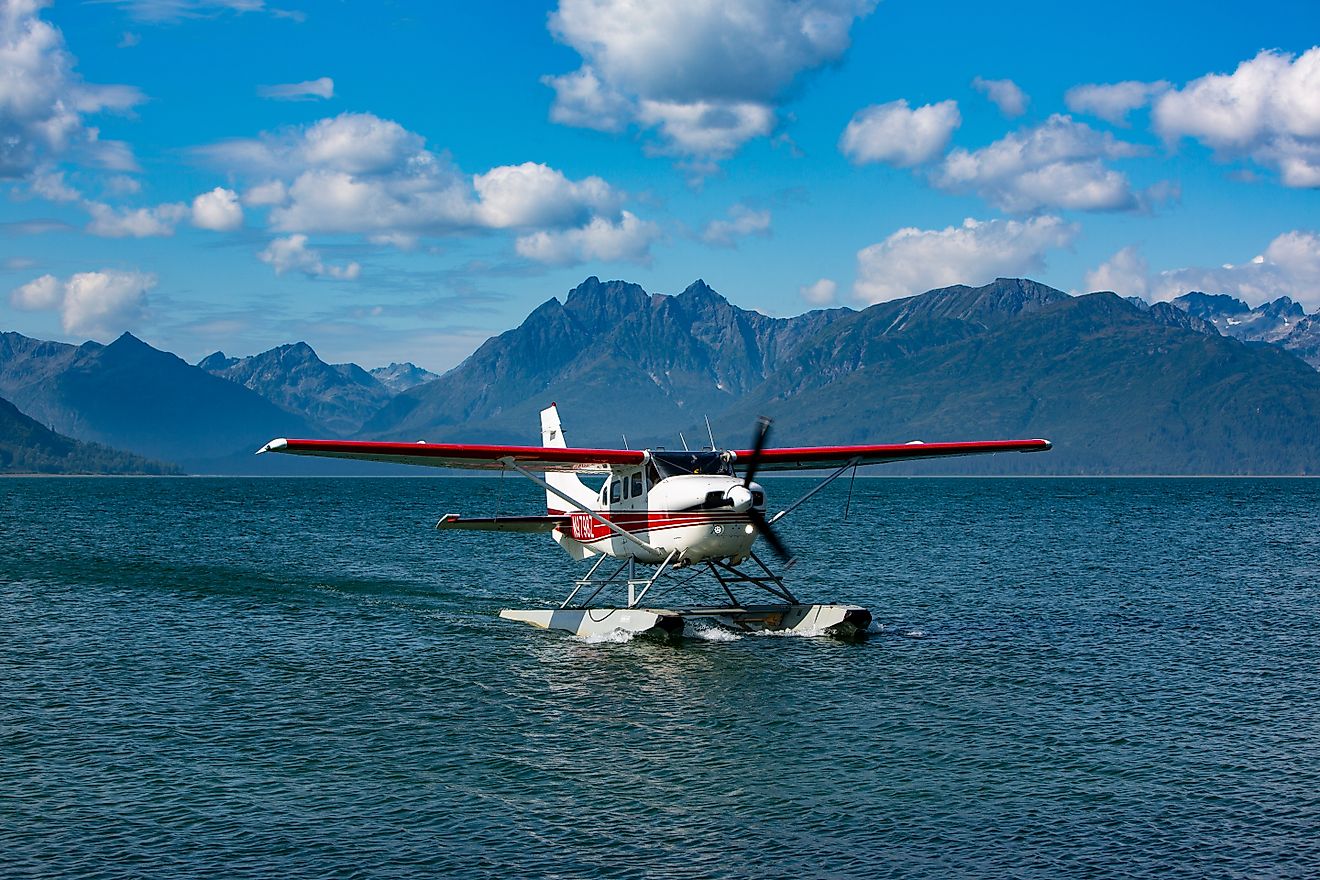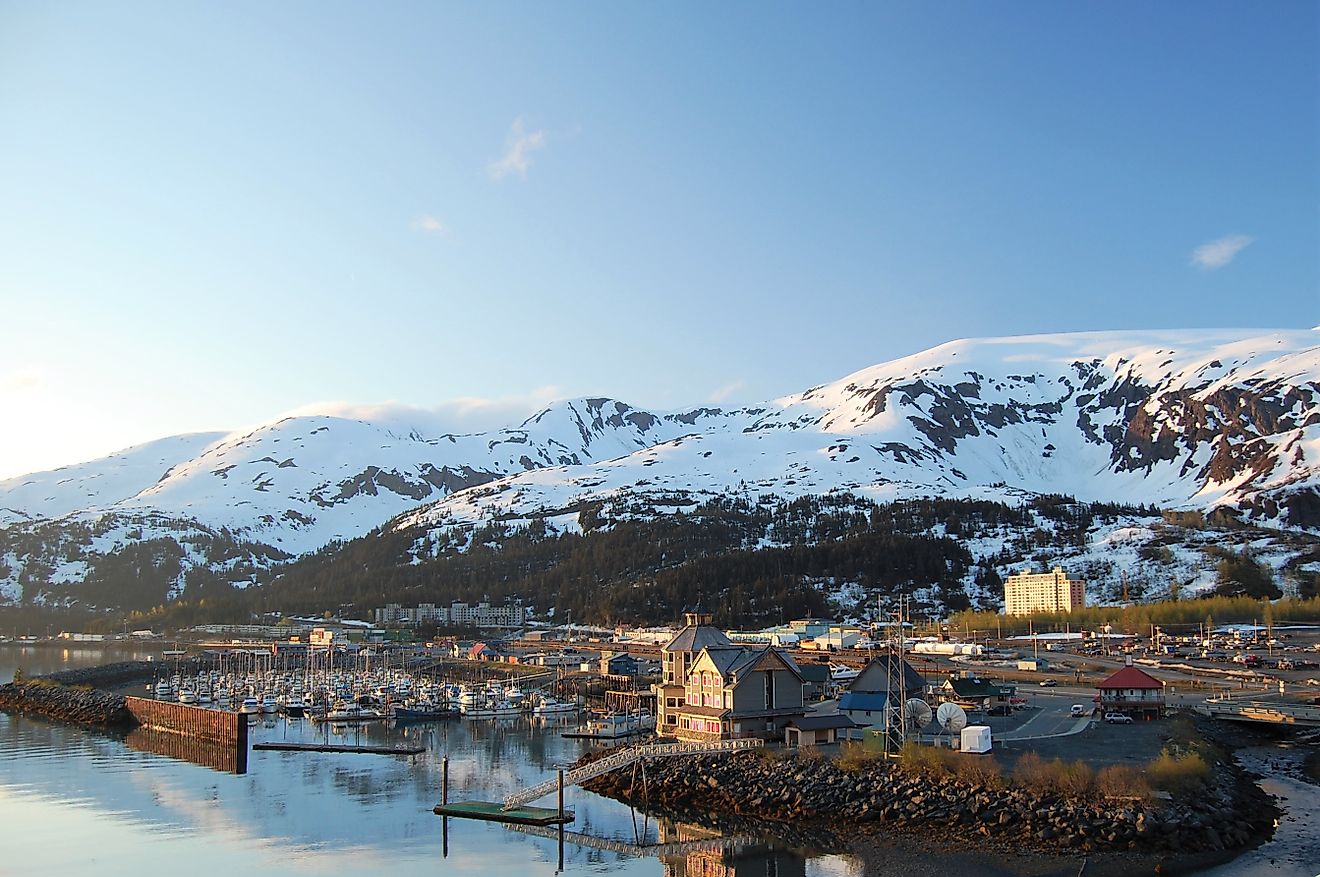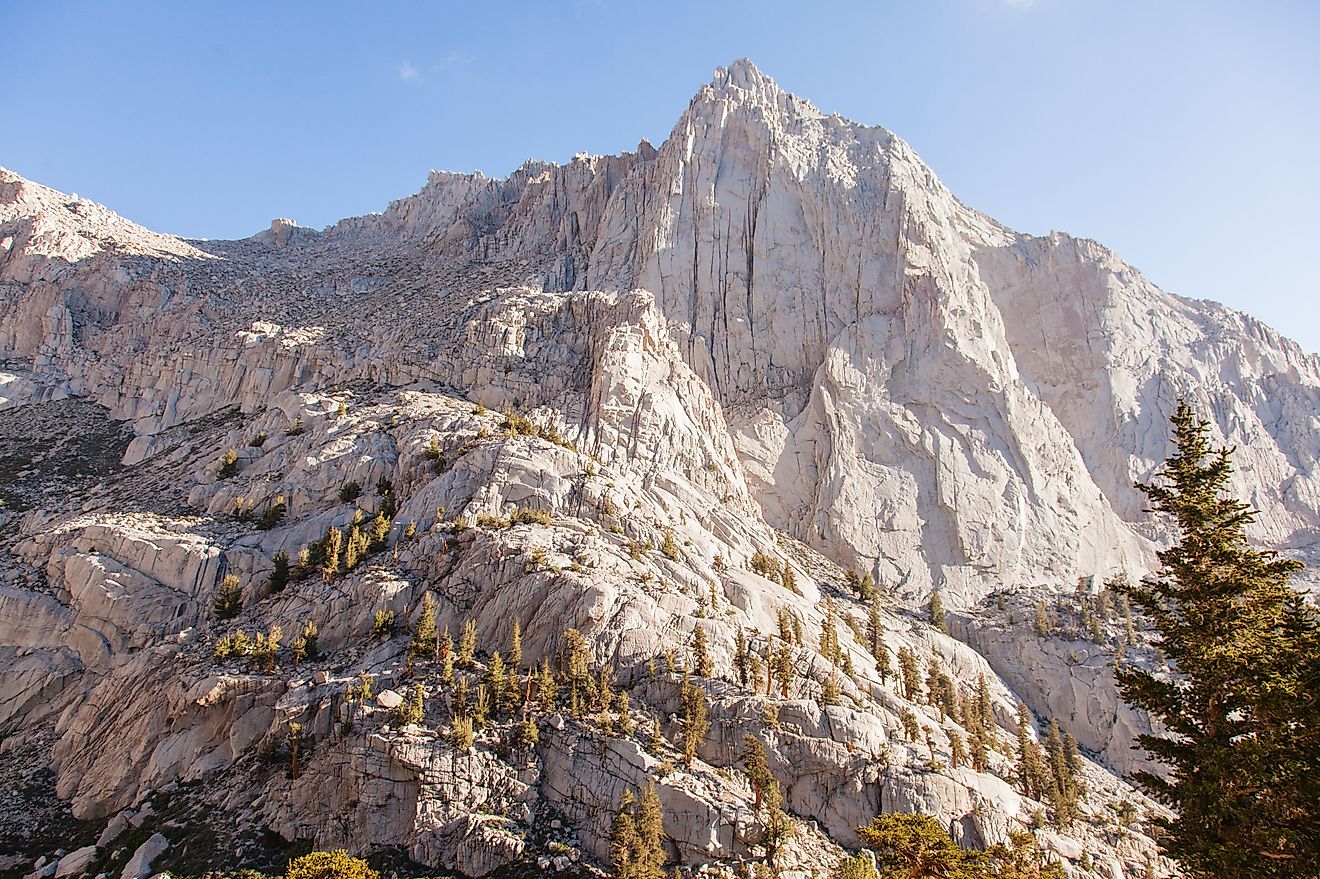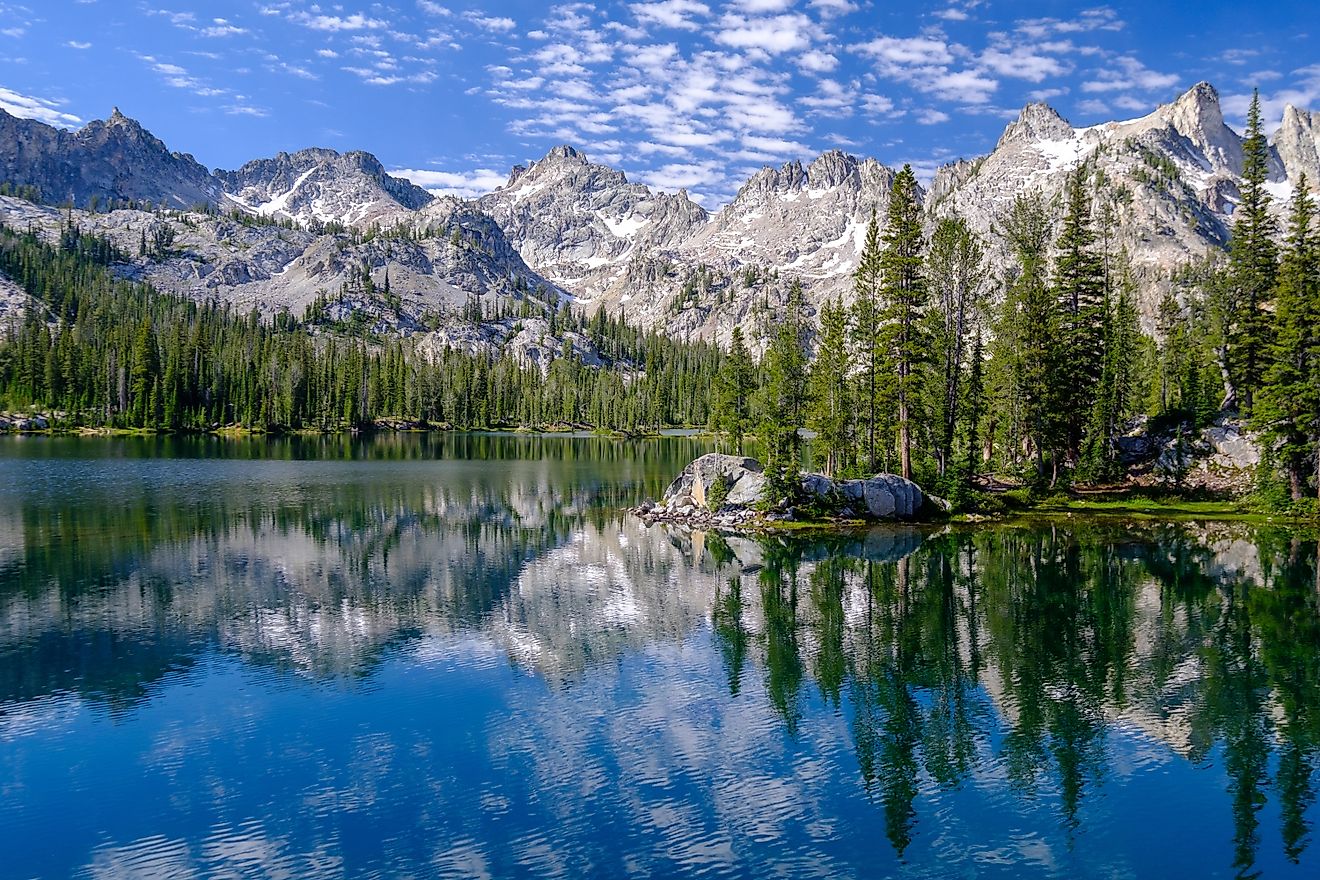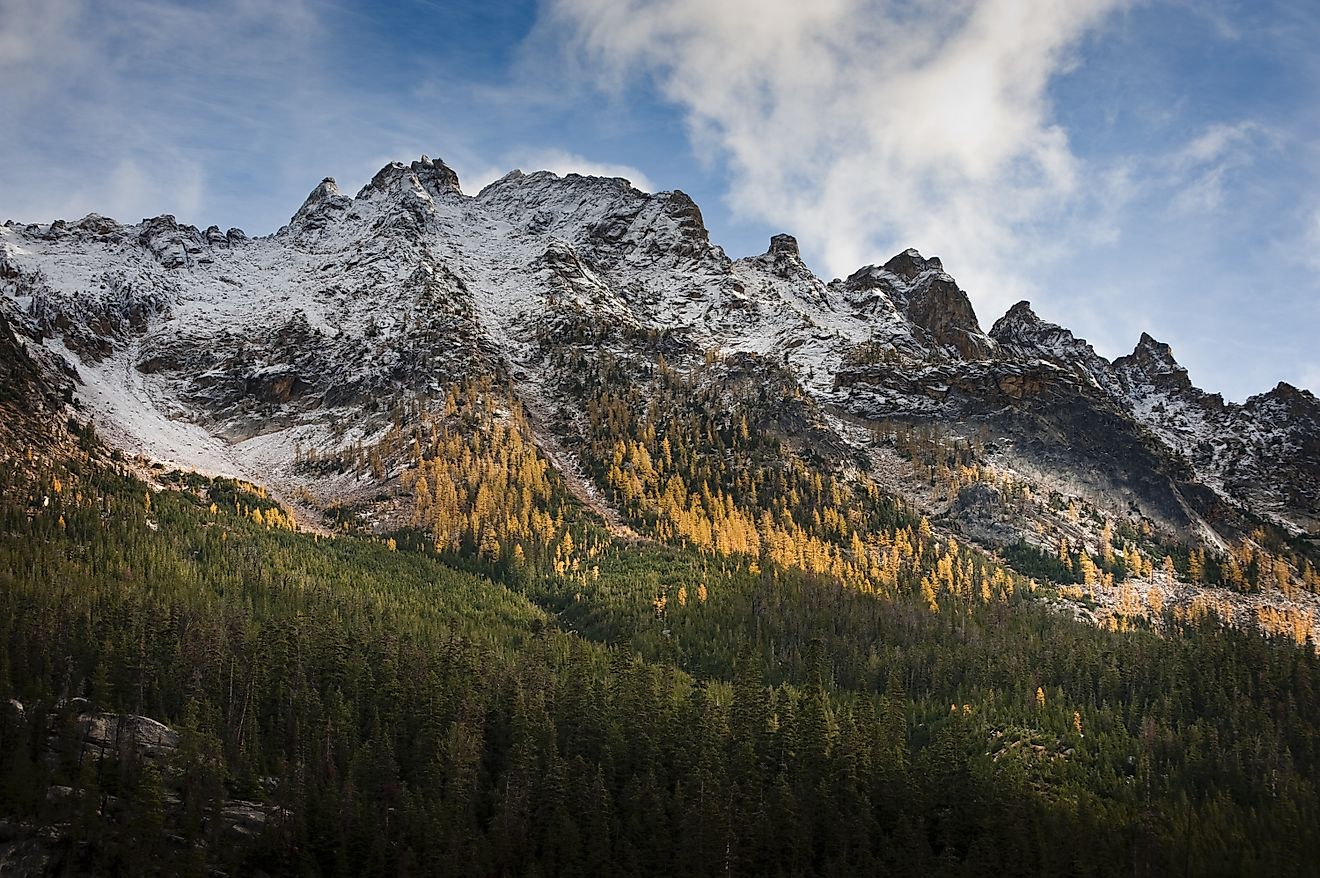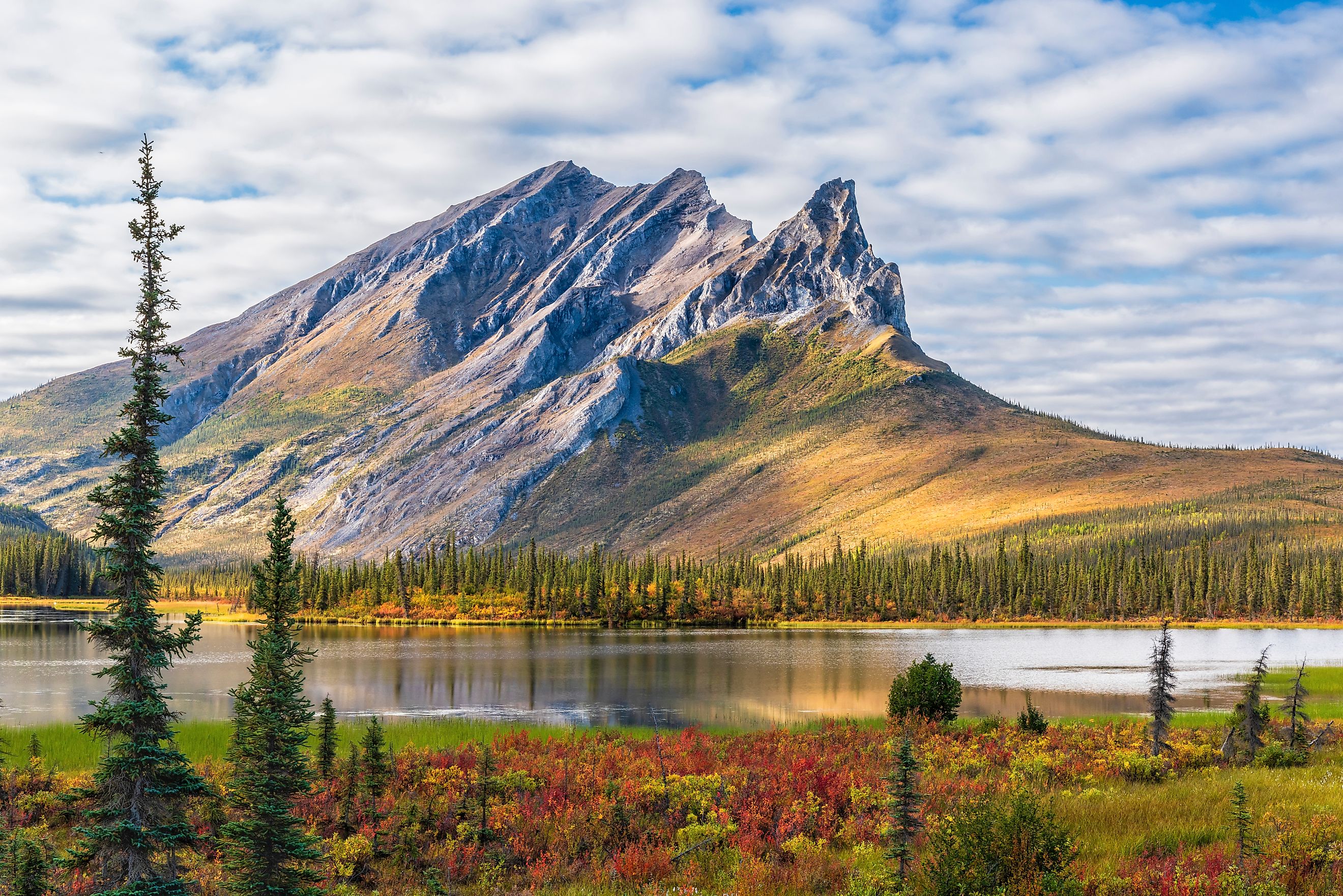
Brooks Range, Alaska
Stretching across the far north of Alaska and into Canada’s Yukon Territory, the Brooks Range stands as one of North America’s last great wilderness frontiers. Spanning about 700 miles, this ancient mountain chain rises dramatically from tundra to nearly 9,000 feet, creating a stark and breathtaking landscape.
Few places on the continent match its remoteness or rugged beauty. Home to rare wildlife, ancient fossils, and Native communities, the Brooks Range is a place where nature reigns supreme and adventure calls. For those seeking wild, untouched land, it offers a journey deep into the Arctic’s heart.
A Geological Giant Over 100 Million Years Old
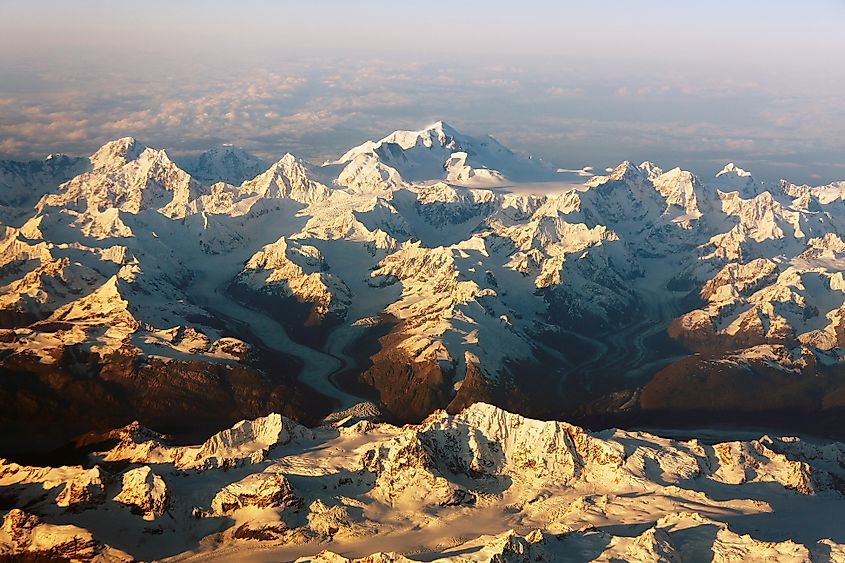
The Brooks Range is believed to have formed around 126 million years ago during the Cretaceous period. Unlike many mountain ranges, its rocks originated from an ancient seabed, which is why fossilized corals, trilobites, and brachiopods have been discovered in its limestone formations. This prehistoric legacy offers a fascinating glimpse into a time when this now-arid and snowy mountain range lay beneath the sea.
In the United States, the Brooks Range is considered a subrange of the Rocky Mountains. However, Canadian geographers classify it separately, as the Rocky Mountains officially end much farther south near British Columbia’s Liard River. The Canadian portion of this range is called the British Mountains and is home to Ivvavik National Park, a protected wilderness area.
Peaks That Define the North
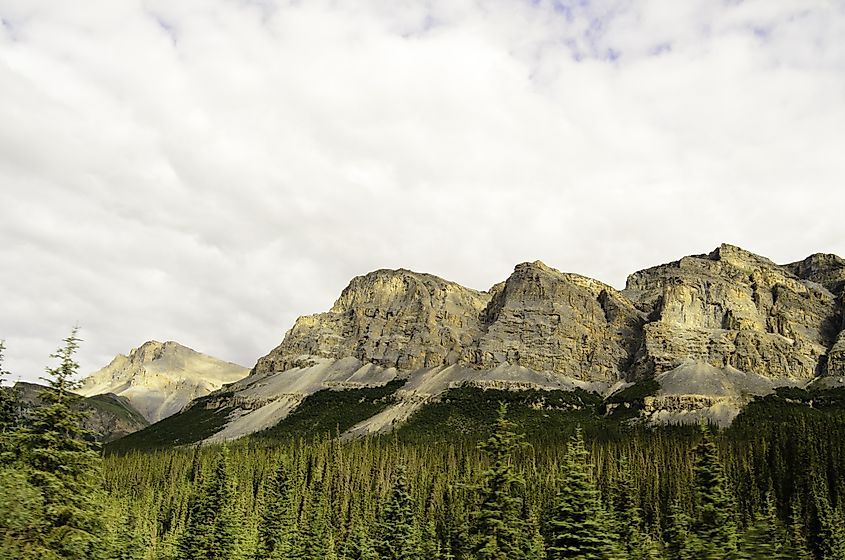
Mount Isto is the tallest point in the Brooks Range, reaching 8,976 feet. Other notable peaks include Mount Hubley (8,914 feet), Mount Chamberlin (8,899 feet), and Mount Michelson (8,855 feet). These towering summits create dramatic landscapes with limestone cliffs and craggy ridges, especially around formations like Limestack Mountain, a striking limestone fin with sheer cliffs.
The central Brooks Range boasts “The Gates of Kiev,” a narrow pass standing at 7,775 feet, while the far western section features Black Mountain, reaching just over 5,000 feet. These peaks create a challenging terrain that remains largely untouched by development or heavy tourism.
Remote Communities and Vital Routes
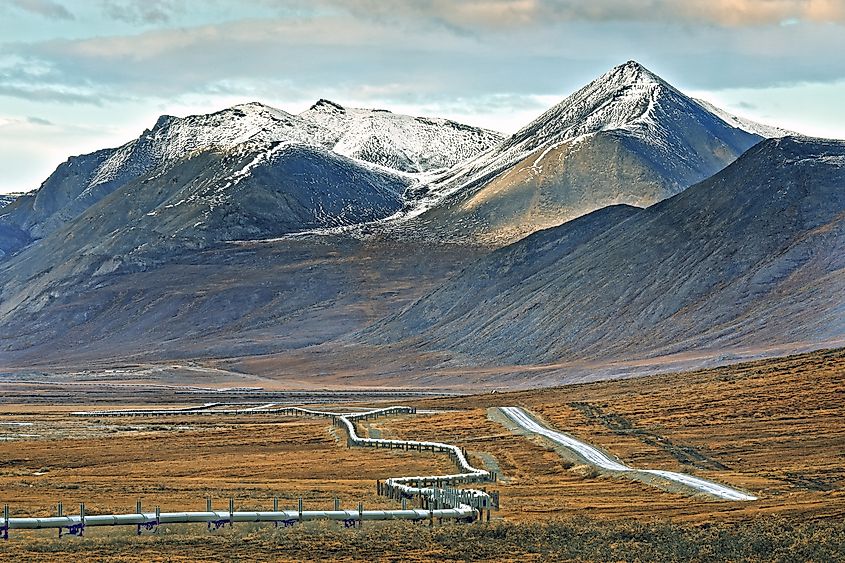
Although most of the Brooks Range is wild and uninhabited, a handful of small villages and towns exist along its edges. The Alaska Native communities of Anaktuvuk Pass and Arctic Village live in the heart of the range, preserving rich cultural traditions tied closely to the land. Small settlements like Coldfoot, Wiseman, Bettles, and Chandalar provide rare pockets of civilization in this vast wilderness.
The Dalton Highway cuts through the range at Atigun Pass, located about 4,643 feet above sea level. This road is a critical supply route to Prudhoe Bay’s oil fields on Alaska’s North Slope and runs alongside the Trans-Alaska Pipeline System. Travelers on this road experience some of the most stunning and remote vistas in the state, crossing rugged mountain passes framed by towering peaks.
Wildlife and Ecology: A Land Untouched
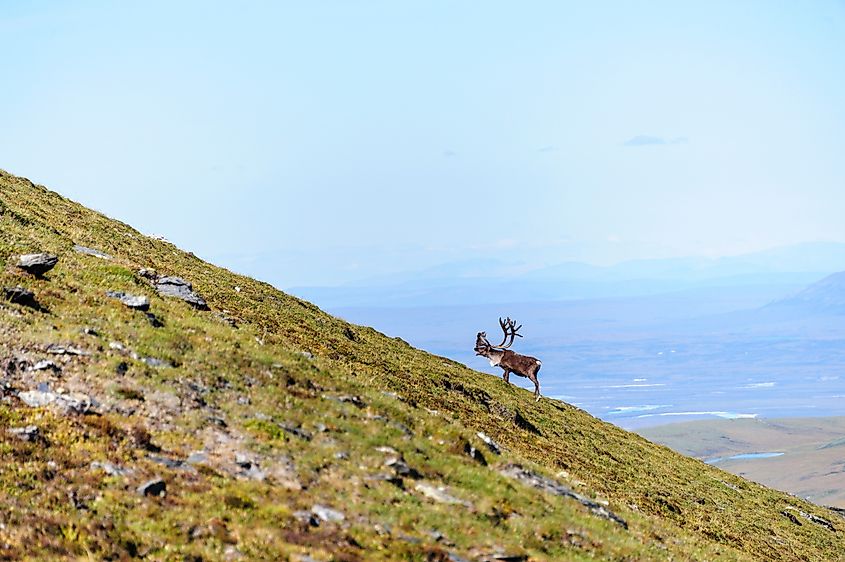
The Brooks Range represents the northernmost drainage divide in North America. It separates rivers that flow into the Arctic Ocean from those heading toward the North Pacific. This divide also roughly marks the northern boundary of the tree line. South of the range, forests of black spruce and white spruce grow, while north of the range trees become scarce, with only isolated stands of balsam poplar and trembling aspen surviving in disturbed areas.
This region is home to a remarkable variety of wildlife. Dall sheep navigate rocky cliffs, grizzly bears roam the valleys, and wolves hunt across the tundra. Moose, black bears, and porcupine caribou are common sights during their seasonal migrations. The Western Arctic Caribou herd, numbering nearly half a million in 2004, crosses the range annually. The Porcupine Caribou herd, famous for its long migration (the longest of any terrestrial mammal on Earth) also passes through these mountains, connecting Alaska’s Brooks Range with Canada’s Arctic National Wildlife Refuge.
Changing Climate and Its Effects
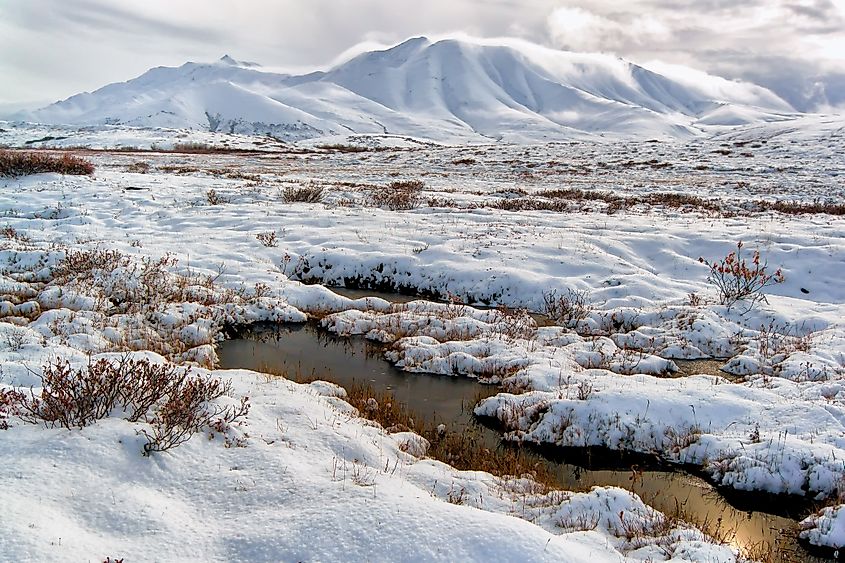
Climate change has a visible impact on the Brooks Range. While southern Alaskan ranges can receive over 20 feet of snow, the Brooks Range averages between 30 and 51 inches of snowfall annually. Since the late 1960s, the region has experienced a significant increase in precipitation, with the eastern and western parts of the range seeing over 17 percent more rain and snow.
Temperatures in the Brooks Range are extreme. Summer highs average around 61 degrees Fahrenheit, while winter temperatures can plunge below zero. The warming trend in this Arctic region is striking. Between 1969 and 2018, average summer temperatures rose between 4 and 6 degrees Fahrenheit. This rise contributes to the shrinking of perennial snowfields, which covered about 34 square miles in 1985 but have since shrunk to less than 4 square miles today.
The shift in climate is also pushing the tree line further north, allowing shrubs and trees to encroach on traditional tundra habitats. This ecological shift affects the balance of the region’s plant and animal life, altering the landscape that has remained stable for thousands of years.
Fossils Beneath the Mountains
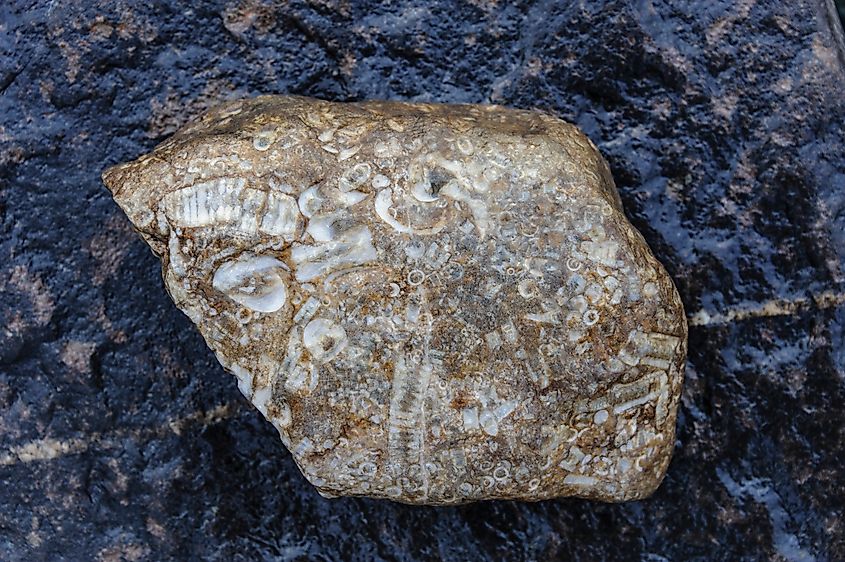
Because the Brooks Range formed from ancient seabeds, it holds an incredible paleontological record. Fossilized corals found near Limestack Mountain are evidence of a once warm, shallow sea. Cambrian-aged fossils like trilobites and brachiopods are embedded in the sandy limestones that make up the central Brooks Range.
In addition to marine fossils, remnants of Ice Age mammals have been found near the range. A woolly mammoth that lived approximately 17,000 years ago was discovered north of the Brooks Range, offering insight into the creatures that roamed this land during the last glacial period.
Adventure and Access

The Brooks Range offers an unparalleled wilderness experience for those willing to brave its challenges. Its remoteness means few roads or trails penetrate deep into the mountains, preserving a true sense of isolation. Backpackers, hunters, and wildlife watchers come to the area seeking rugged landscapes and solitude.
Popular natural attractions include the Gates of the Arctic National Park and Preserve, which covers a significant portion of the Brooks Range. This park is one of the largest wilderness areas in the United States and offers hiking, canoeing, and opportunities to see wildlife in an untouched Arctic environment.
Conclusion: The Northern Crown of Alaska
The Brooks Range is more than just a mountain chain. It is a symbol of the wild and untamed spirit of northern Alaska. Its towering peaks, ancient fossils, diverse wildlife, and harsh climate make it one of the last great wilderness frontiers in North America. Whether you are drawn by its natural history, cultural depth, or sheer remoteness, the Brooks Range remains an enduring testament to the rugged beauty of the Arctic north.
Quick Facts About the Brooks Range
-
Length: Approximately 700 miles
-
Highest Peak: Mount Isto, 8,976 feet
-
Location: Northern Alaska extending into Canada’s Yukon Territory
-
Notable Wildlife: Dall sheep, grizzly bears, caribou herds, wolves
-
Climate: Summers average highs of 61°F, winters can drop below −30°F
-
Protected Areas: Gates of the Arctic National Park and Preserve, Ivvavik National Park (Canada)
-
Major Routes: Dalton Highway, Trans-Alaska Pipeline System at Atigun Pass
